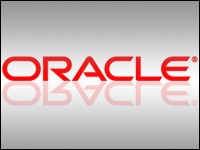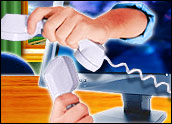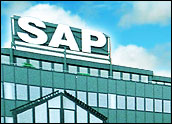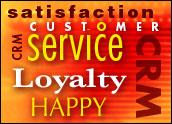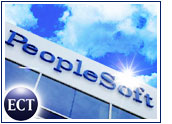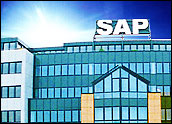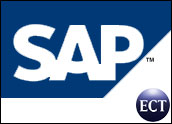
SAP announced Friday that after a preliminary review of its 2004 second-quarter performance, it expects a software revenue increase of 15 percent compared to the same quarter last year.
At constant currencies, second-quarter software revenues could be up by 17 percent, and total revenues are expected to come in at a 9 percent increase. On the basis of these figures, SAP expects its operating income to range between 380 to 390 euros, or about US$480 million.
The company said it will provide more details, and firmer numbers, on July 22nd.
Riding the Waves
SAP’s announcement contrasts with profit warnings issued recently by rivals such as Siebel, Computer Associates and PeopleSoft. SAP said it released its second-quarter expectations early to ease concern caused by warnings from smaller software vendors.
A recent AMR research report noted that SAP is well poised to take the CRM crown. In the report, analyst Laura Preslan said that SAP has been growing its CRM revenue, while Siebel has seen its market share shrink.
“SAP has benefited from its continued investment in customer management applications and a strong trend toward vendor and application rationalization.”
Preslan predicted that this year, SAP seems destined to overtake Siebel to become the “largest CRM vendor in the land.”
Although there is increasing attention paid to SAP’s position versus its rivals, Beagle Research founder Denis Pombriant told CRM Buyer that the comparison might not be completely accurate.
“They compare themselves to leading software makers like Oracle and Siebel, among others,” he said. “But it’s a difficult comparison, because with each so-called rival, they compete on some levels, but not on all.”
Growth Drivers
Despite not being able to pin down SAP on every competitive level, one thing is certain: the company’s revenues are growing.
There are several factors for the increase over 2003, according to SAP spokesperson Herbert Heitmann. In a CRM Buyer interview, he noted that the most important initiative of the past year was the advancement of NetWeaver.
“This allows customers to integrate SAP and non-SAP applications in a seamless way,” he said. “This is vital, because even our most loyal customers still have some percentage of in-house solutions.”
The availability of a system like NetWeaver, which addresses the challenges of a heterogeneous environment, has given SAP an advantage over competitors, Heitmann continued.
He added that the company also has benefited from the use of composite applications that can be built on top of existing application. In general, “We have a clear flagship product stream here,” Heitmann said.
CRM Stronghold
A particularly strong area for the company in the last year is CRM, which SAP entered several years ago, but has begun to perfect in recent months. Heitmann noted that the company has continuously gained market share in the industry, especially as new generations of products are announced.
Pombriant said, “They’ve reached a point of critical mass, where they’re selling into their existing customer base, but also doing a good job of migrating customers to the new mySAP platform.”
He added that being able to serve existing customers and drawing new ones has given SAP power in the market, which is reflected in its revenue announcements. In terms of the company’s future, it will remain to be seen if mySAP will catch on fully.
In her report, Preslan said: “SAP is hindered by the slow adoption rate of mySAP CRM 4.0; we estimate that only 35 percent of companies that have purchased software are actually live.”
Despite this challenge, there is significant optimism in the industry that SAP will continue to see rising revenues. “It’s still early in the economic uptick cycle, so there could be more growth ahead,” said Pombriant. “The market is also still relatively uneven in some respects.”
In terms of SAP’s second quarter results, Pombriant added: “Given what they’ve been doing in the past year, I’m not surprised that they’re bullish.”



